Home>Ideas and Tips>Invisible Improvements Whole-House Water Filtration


Ideas and Tips
Invisible Improvements Whole-House Water Filtration
Published: October 20, 2024
Discover the benefits of whole-house water filtration systems for cleaner, safer water throughout your home. Improve taste, reduce contaminants, and protect appliances.
(Many of the links in this article redirect to a specific reviewed product. Your purchase of these products through affiliate links helps to generate commission for Storables.com, at no extra cost. Learn more)
Ensuring the water we drink is safe and clean is a fundamental aspect of maintaining good health. However, the journey of water from its natural source to our taps is fraught with potential contaminants and impurities. Whole-house water filtration systems offer a comprehensive solution to this problem by treating all the water in your home, not just the water you drink. In this article, we will delve into the world of whole-house water filtration, exploring its benefits, different types of filters, and how to choose the right system for your home.
Before we dive into the specifics of whole-house water filtration systems, it's essential to understand why they are necessary. Tap water, which is sourced from rivers, lakes, and groundwater, can contain a variety of contaminants. These include bacteria, viruses, parasites, heavy metals like lead and arsenic, and even microplastics. While municipal water treatment plants aim to remove impurities and provide safe drinking water, they may not be able to eliminate all contaminants. Additionally, as water travels through aging infrastructure and old lead piping, it can pick up more impurities along the way.
Most Americans take clean drinking water for granted. However, in many parts of the country, especially in rural areas, poor water quality is a significant issue. Aging water systems and declining populations make it difficult for small community water systems to maintain and upgrade their infrastructure. This can lead to increased costs for residents who may need to buy bottled water or install expensive filtration systems.
Whole-house water filtration systems offer numerous benefits that extend beyond just providing clean drinking water. Here are some of the key advantages:
- Improved Water Taste and Smell: One of the most noticeable benefits is the improved taste and smell of your water. By removing chlorine, odors, and organic compounds, whole-house filters ensure that your water tastes better and smells fresher.
- Reduced Contaminants: These systems are designed to reduce a wide range of contaminants including bacteria, viruses, sediment, iron, sulfur, and arsenic. This means you can enjoy cleaner water throughout your home for cooking, cleaning, and bathing.
- Protection of Appliances: Hard water can cause rust stains and scale buildup on appliances and fixtures. Whole-house filters help minimize these issues by delivering cleaner water that reduces mineral deposits.
- Eco-Friendly Choice: By filtering microplastics and other pollutants from your household water, you contribute to reducing the overall environmental impact. This is especially important given the growing concern about microplastic contamination in water sources.
There are several types of whole-house water filters available, each designed to tackle different types of contaminants. Here’s a breakdown of the most common types:
1. Activated Carbon Filters
Activated carbon filters are one of the most common types used in whole-house systems. They work by binding and removing chlorine, chloramines, and other organic compounds from the water. This not only improves the taste and smell but also reduces the risk of exposure to harmful chemicals.
2. Reverse Osmosis (RO) Filters
Reverse osmosis filters are highly effective at removing a wide range of impurities including bacteria, viruses, and dissolved solids. These filters use semi-permeable membranes that block even the smallest particles like microplastics. However, they require more maintenance than other filters and can be costly.
3. Specialty Filters
Specialty filters are designed to target specific contaminants such as lead or arsenic. Some filters also add minerals back to the water after filtration, such as alkaline filters. These specialized systems provide an extra layer of protection against specific threats.
4. Multi-Stage Filtration Systems
Many whole-house filtration systems employ a multi-stage filtration process. This typically includes:
- Pre-Filter Stage: Designed to remove larger particulates and contaminants like sediment and silt.
- Activated Carbon Stage: Helps reduce chlorine and chloramines.
- Post-Filter Stage: Removes any remaining sediment and contaminants before the water reaches your taps.
Selecting the right whole-house water filtration system involves considering several factors:
- Specific Contaminants in Your Water: Different filters are designed to tackle different types of contaminants. For example, if you live in an area with high levels of lead in the water supply, you may want a filter specifically designed to remove lead.
- Maintenance Requirements: Some filters require more maintenance than others. For instance, reverse osmosis systems need regular membrane replacements, while activated carbon filters may need to be replaced less frequently.
- Household Water Usage: If you have a large household or high water usage, you may need a system that can handle more volume without compromising performance.
- Certification: Look for NSF-certified filters which are listed in the NSF’s database indicating what the filter can clean out of the water and what it can’t.
- Installation Options: Consider whether you prefer a DIY installation or if you need professional help. Some systems like under-sink filtration may be easier to install yourself, while whole-house systems often require professional installation.
1. Whole-House Filtration Systems
Whole-house filtration systems treat water as it comes into the house, filtering all of the home's water, not just drinking water. These systems can be pricey but provide comprehensive protection against a wide range of contaminants.
2. Under-Sink Filtration Systems
Under-sink filtration systems attach to the plumbing under the kitchen sink to provide clean water from the tap. They are relatively easy to install but may require some plumbing expertise.
3. Faucet-Mounted Filters
Faucet-mounted filters attach directly to the kitchen faucet and are simple to install. However, they could slow down water pressure and may not be as effective as other systems.
4. Water Bottle or Pitcher Filtration
Water bottle or pitcher filtration is one of the cheapest and most convenient options available. Once filled with water, these built-in filters clean the water as you drink it. However, they can be slow and require frequent filter replacements.
Regular maintenance is crucial for ensuring that your whole-house water filtration system continues to perform optimally. Here are some tips:
- Replace Pre-Filters Regularly: The pre-filter stage should be replaced every 2-3 months to ensure that larger particulates are effectively removed.
- Change Activated Carbon Filters: Activated carbon filters typically need to be replaced every 6-12 months depending on usage and quality of the filter.
- Monitor System Performance: Regularly check the system's performance by tasting the water and ensuring there are no unusual odors or tastes.
Ensuring that your home has clean and safe drinking water is essential for maintaining good health. Whole-house water filtration systems offer a comprehensive solution by treating all the water in your home, not just the water you drink. By understanding the types of filters available, choosing the right system based on specific contaminants in your water, and maintaining your system regularly, you can enjoy cleaner, safer water throughout your home.
Invisible improvements in whole-house water filtration are not just about providing clean drinking water; they are about creating a healthier environment for you and your family. With the right system in place, you can rest assured that every faucet in your home delivers cleaner, better-tasting water that is free from harmful contaminants.
By investing in a whole-house water filtration system, you are not only improving the quality of your drinking water but also enhancing the overall health and well-being of your household. Whether you choose an activated carbon filter, reverse osmosis system, or specialty filter, the benefits extend far beyond just taste and smell. They include reduced exposure to harmful contaminants like lead and arsenic, protection of appliances from mineral buildup, and an eco-friendly choice that contributes to reducing environmental impact.
In today's world where water quality is increasingly becoming a concern due to aging infrastructure and emerging contaminants like microplastics, having a reliable whole-house filtration system is no longer optional but essential. By making this investment in your home's invisible infrastructure—your water supply—you are taking proactive steps towards creating a healthier living environment for yourself and future generations.
Was this page helpful?
At Storables.com, we guarantee accurate and reliable information. Our content, validated by Expert Board Contributors, is crafted following stringent Editorial Policies. We're committed to providing you with well-researched, expert-backed insights for all your informational needs.
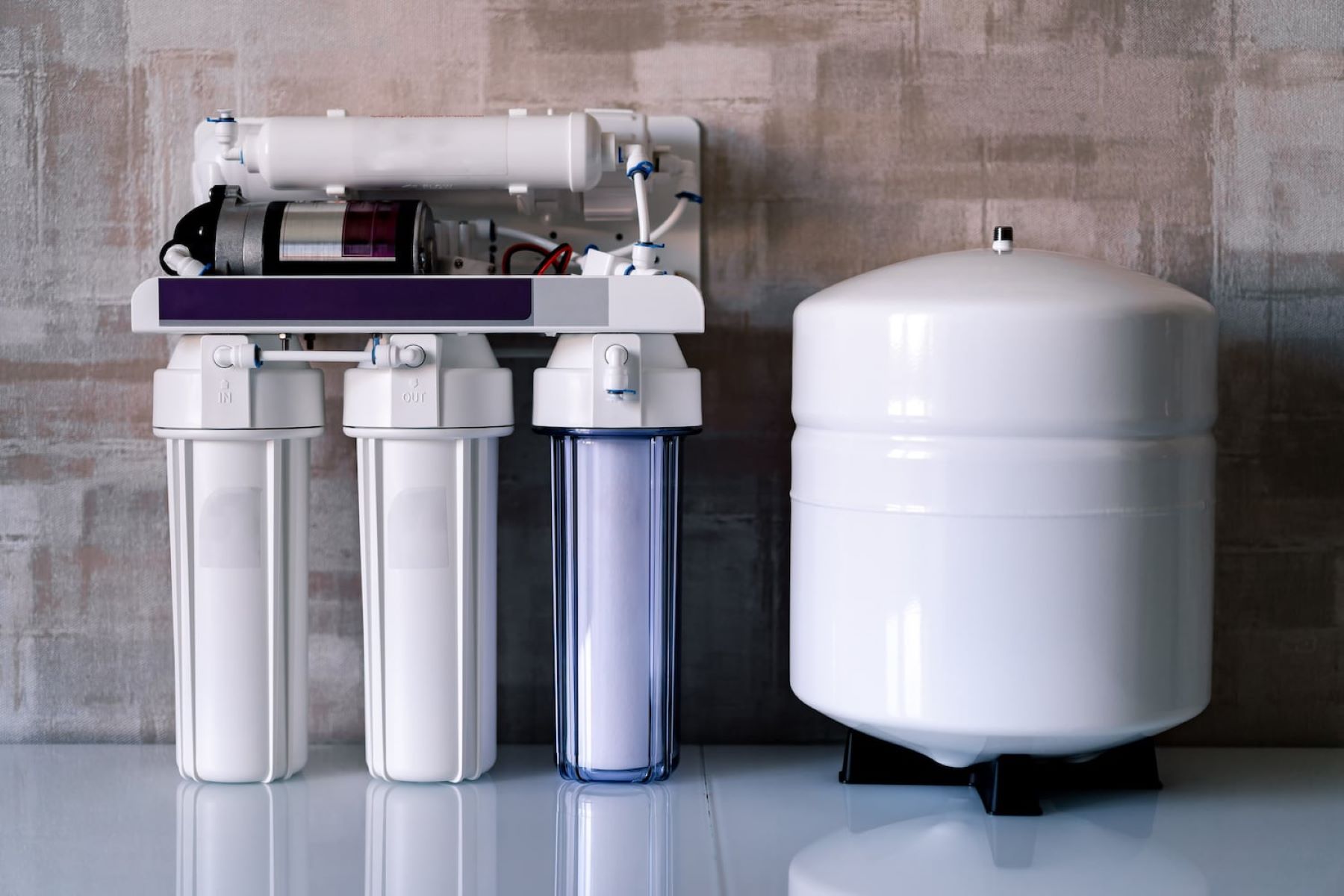
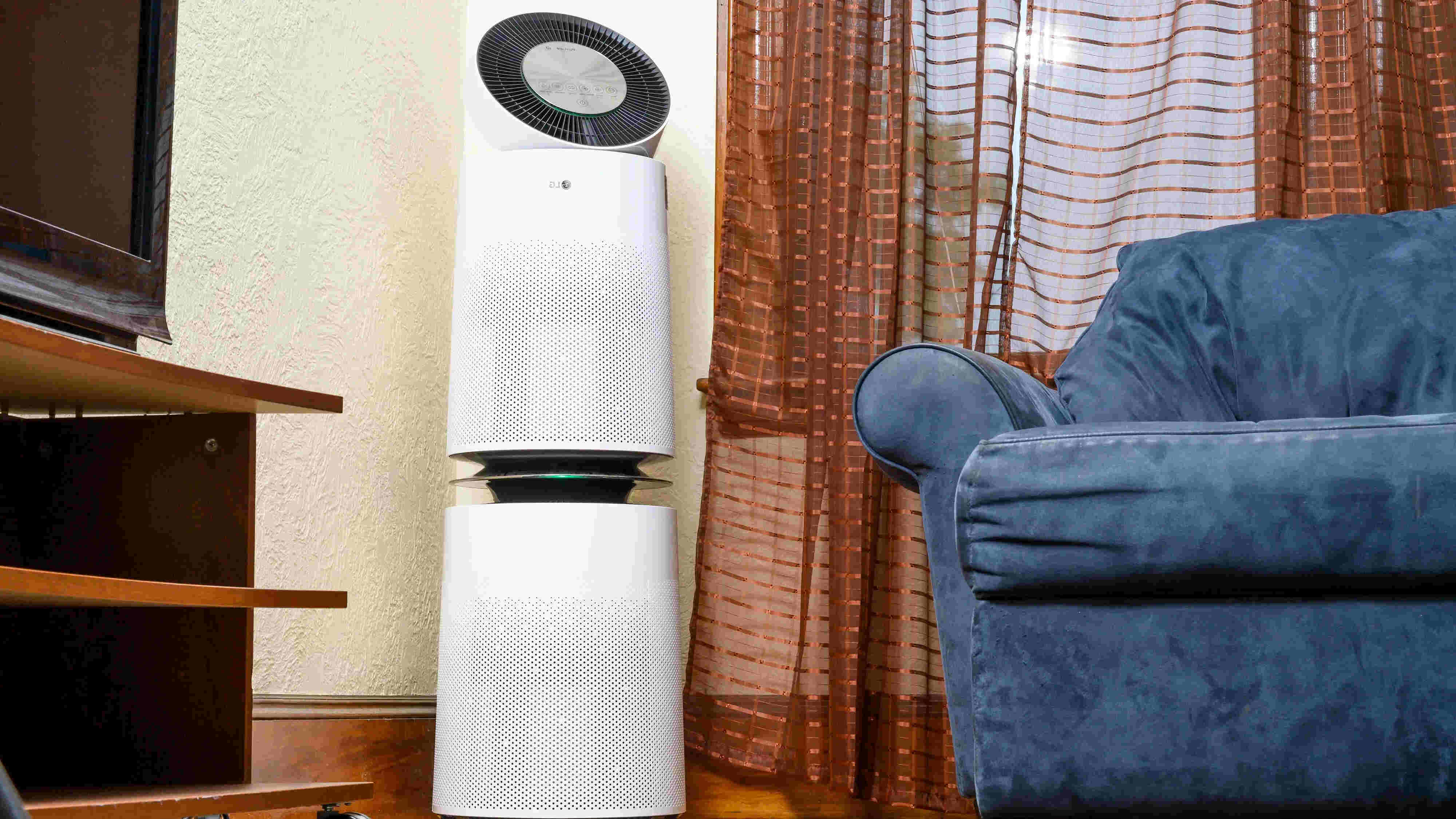
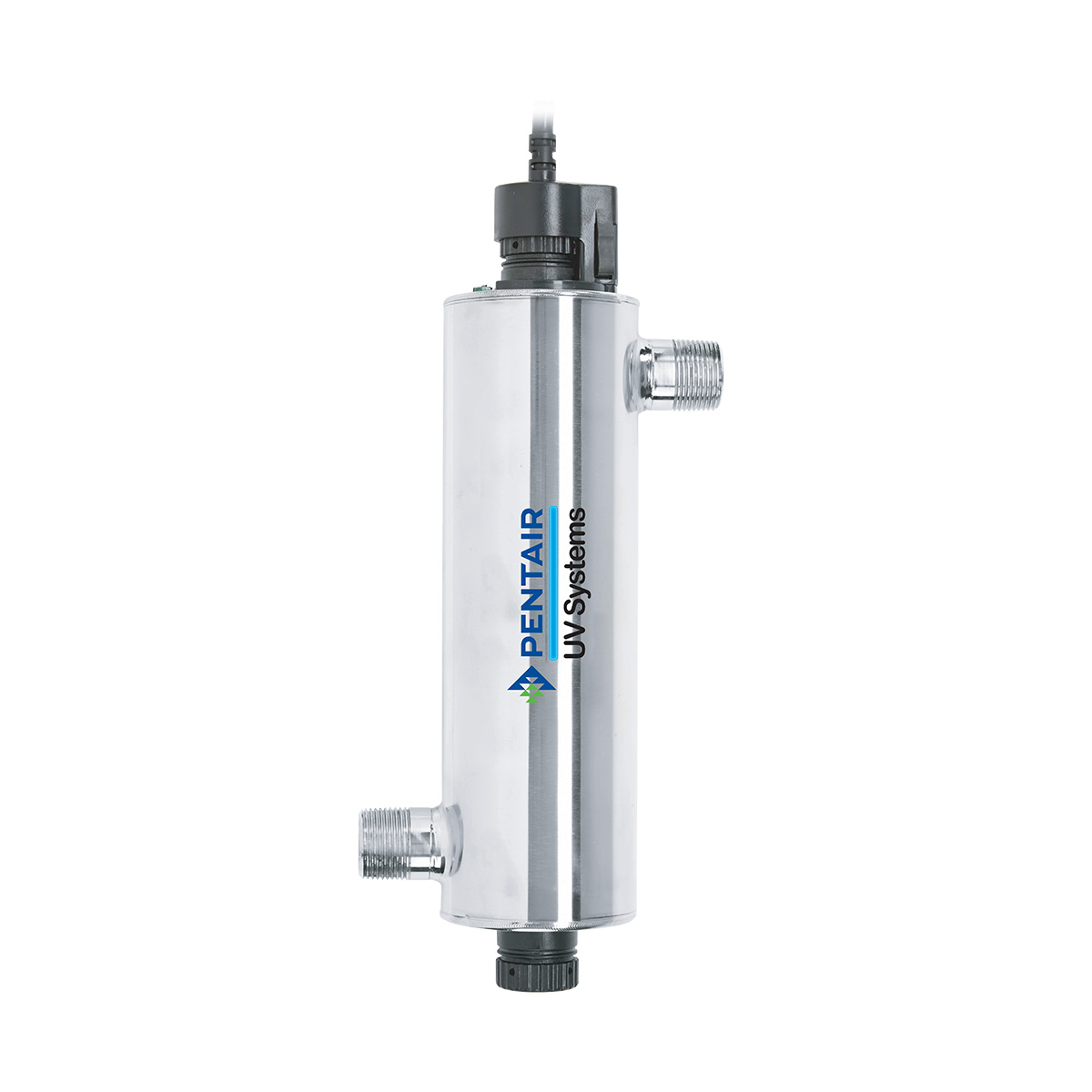
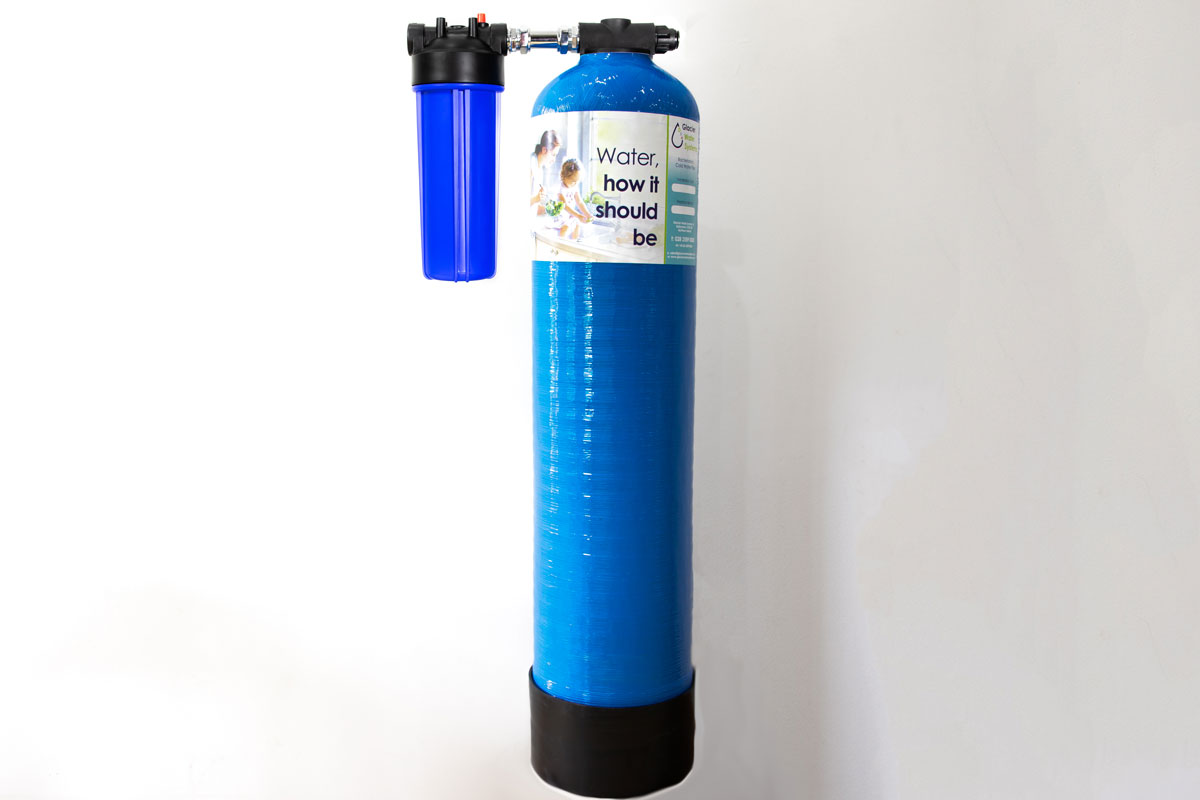
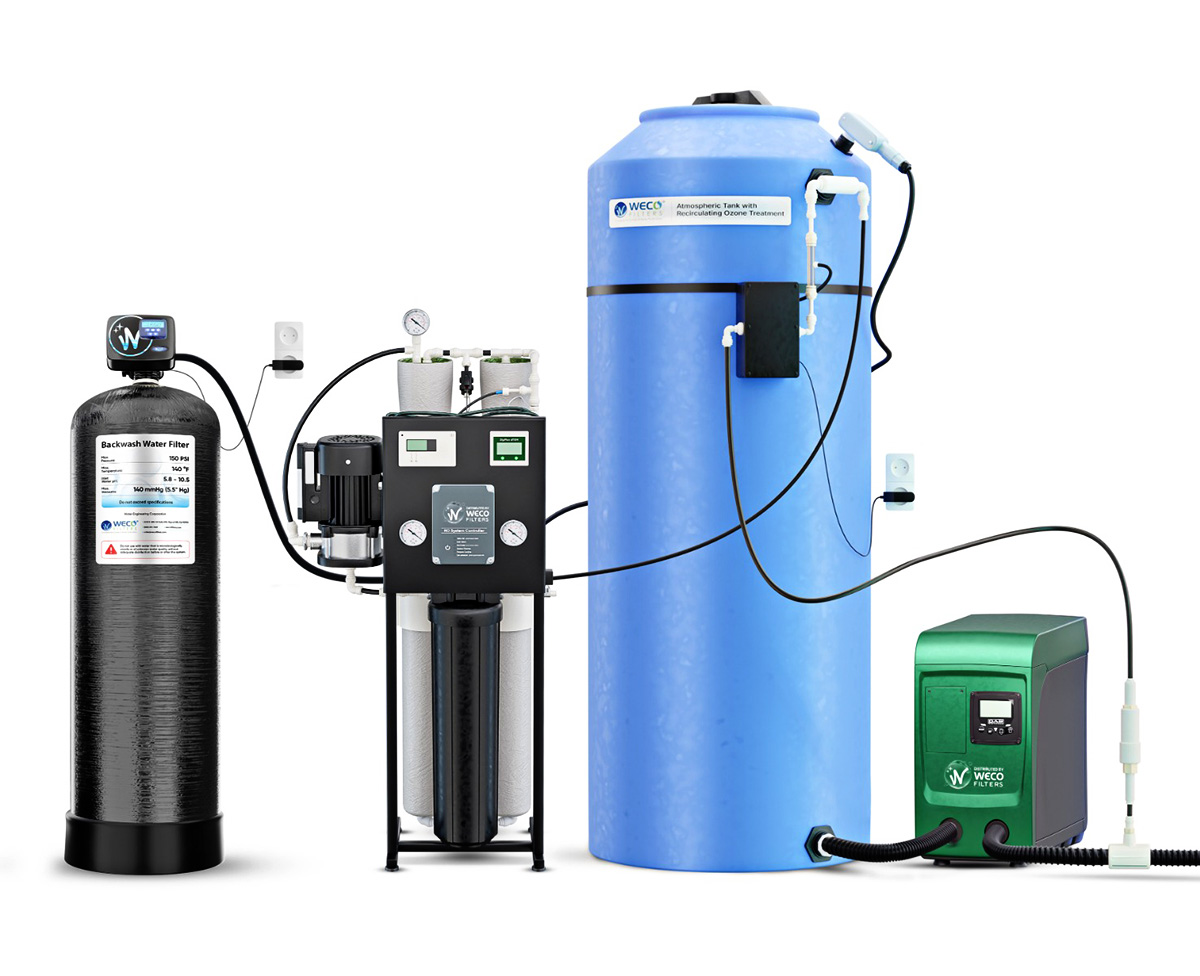
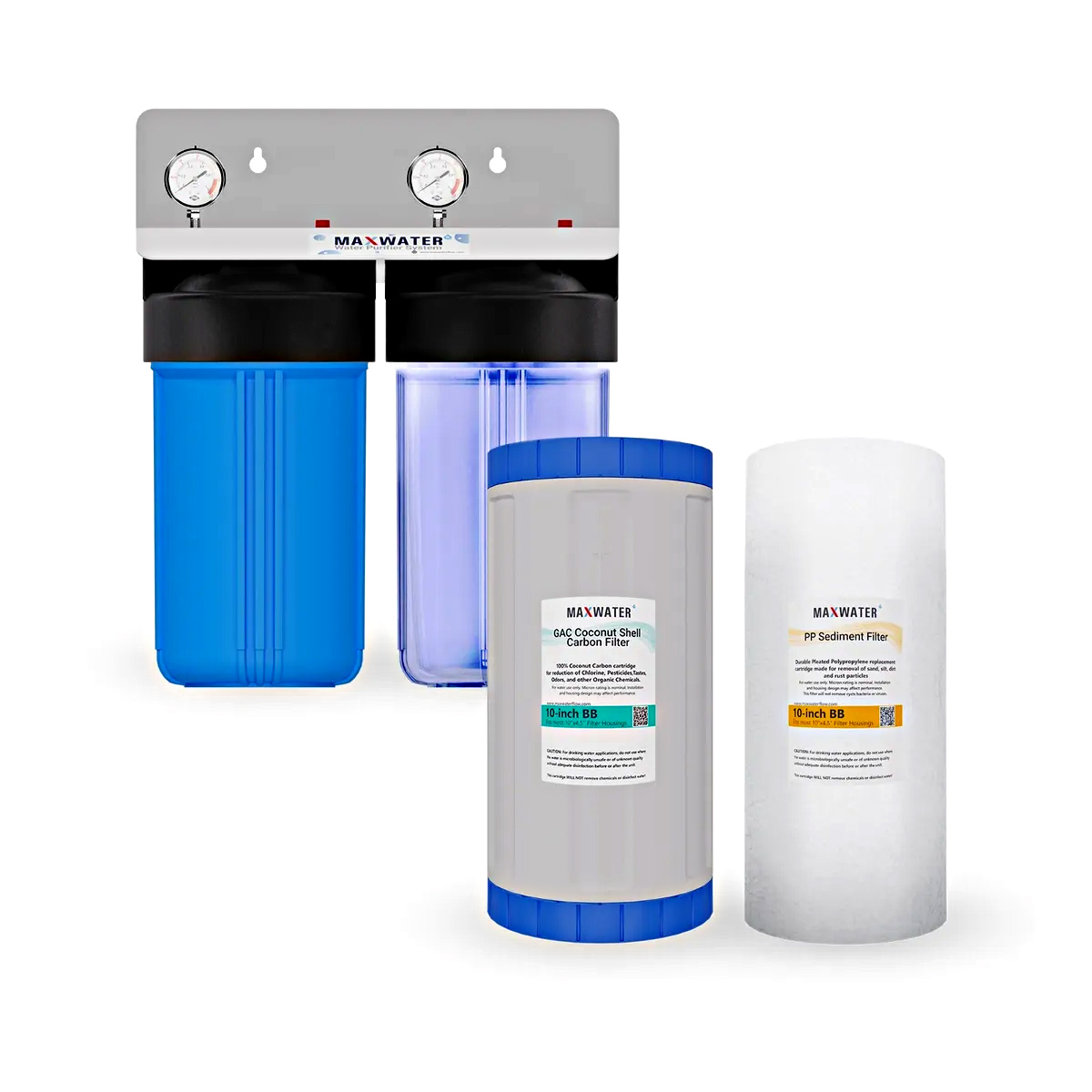
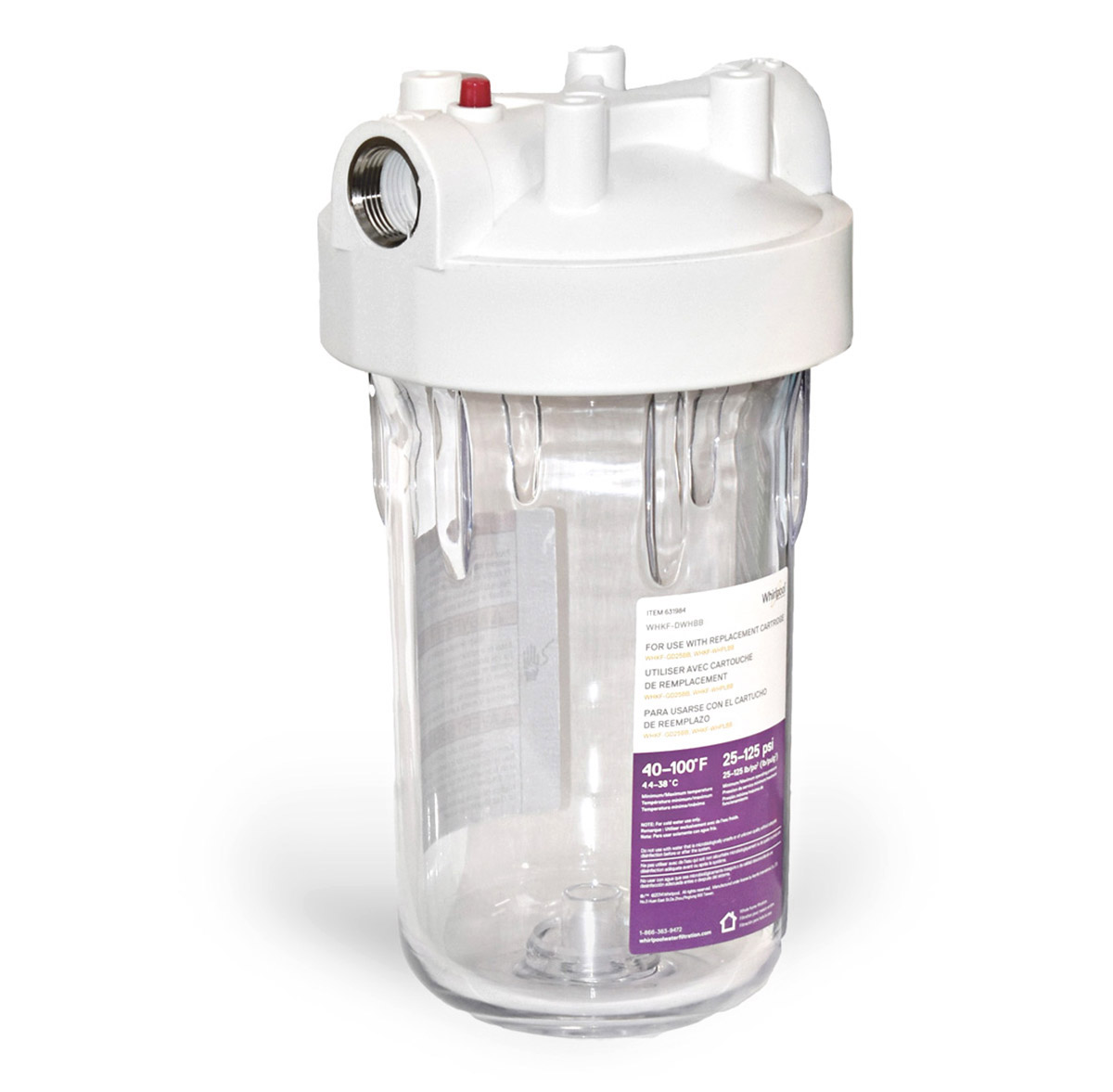
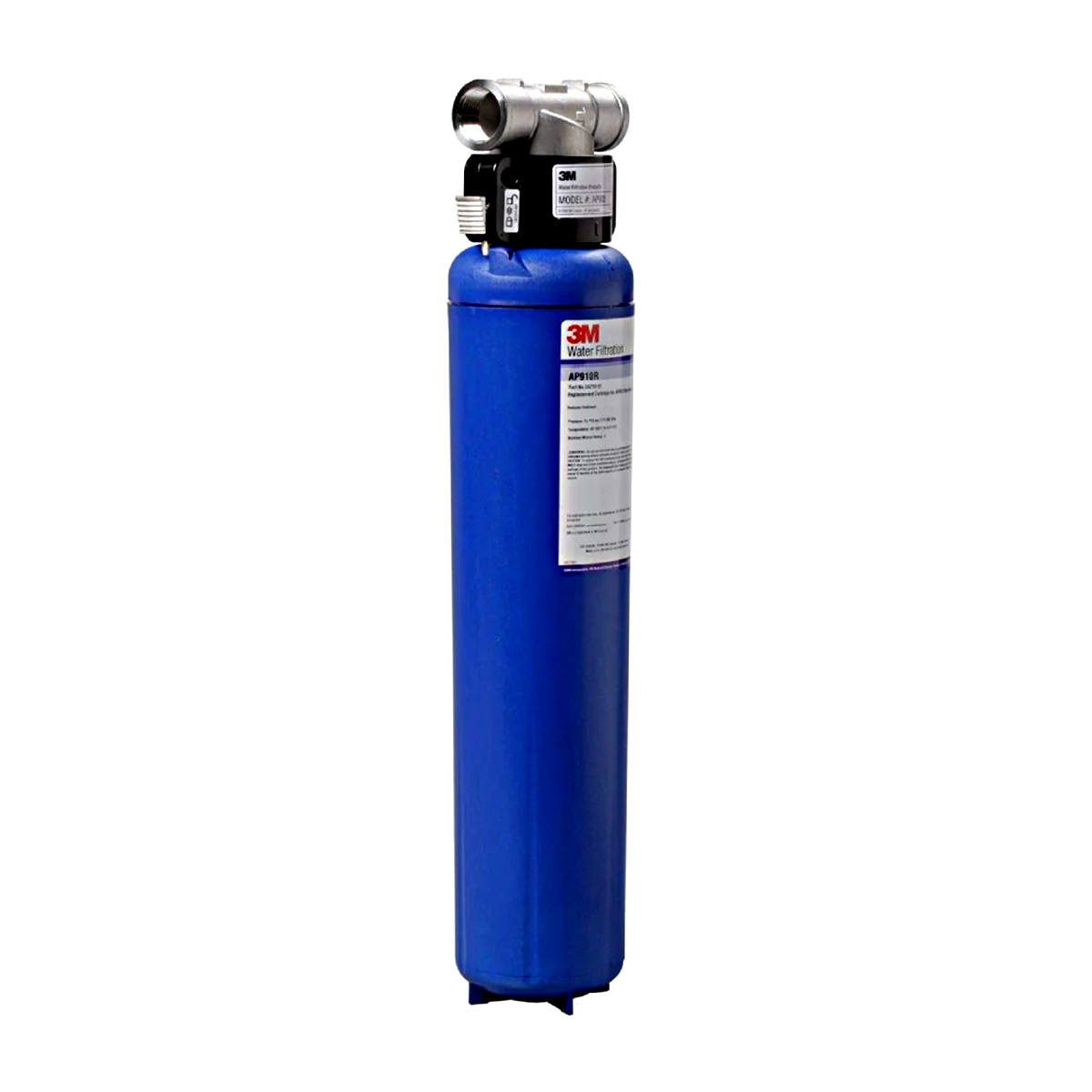


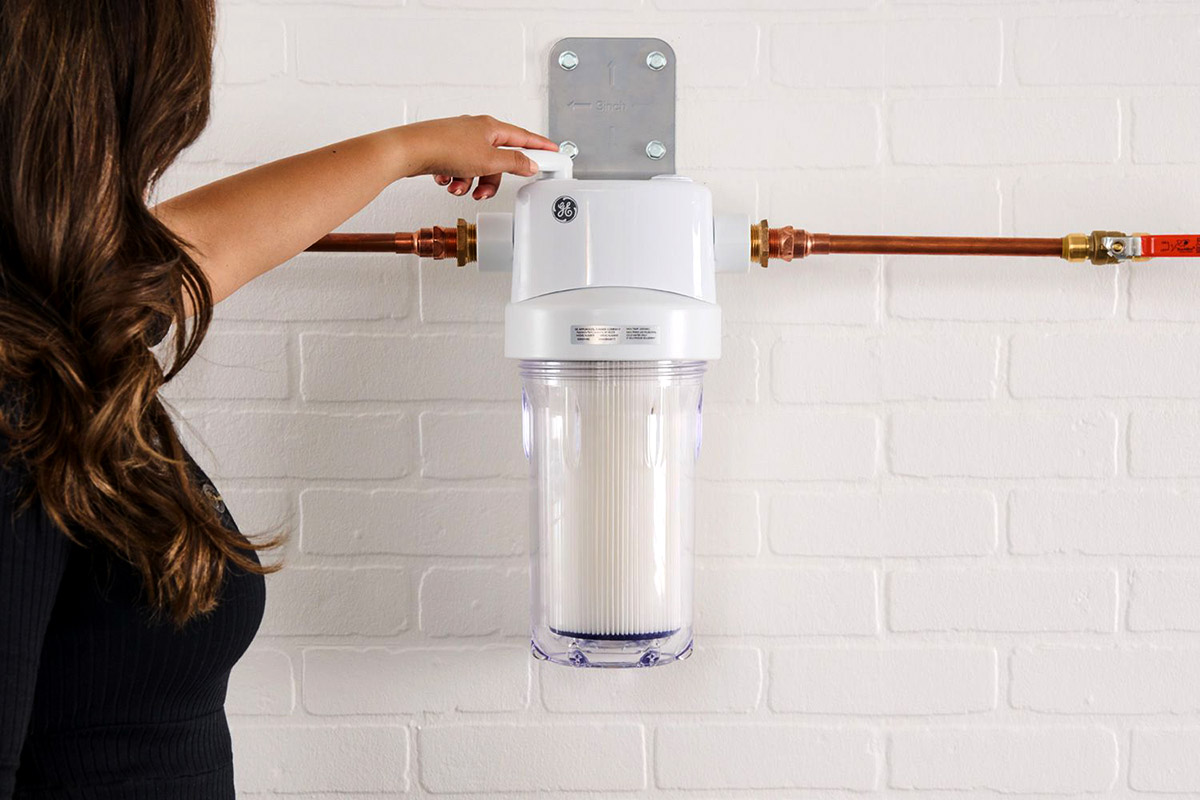
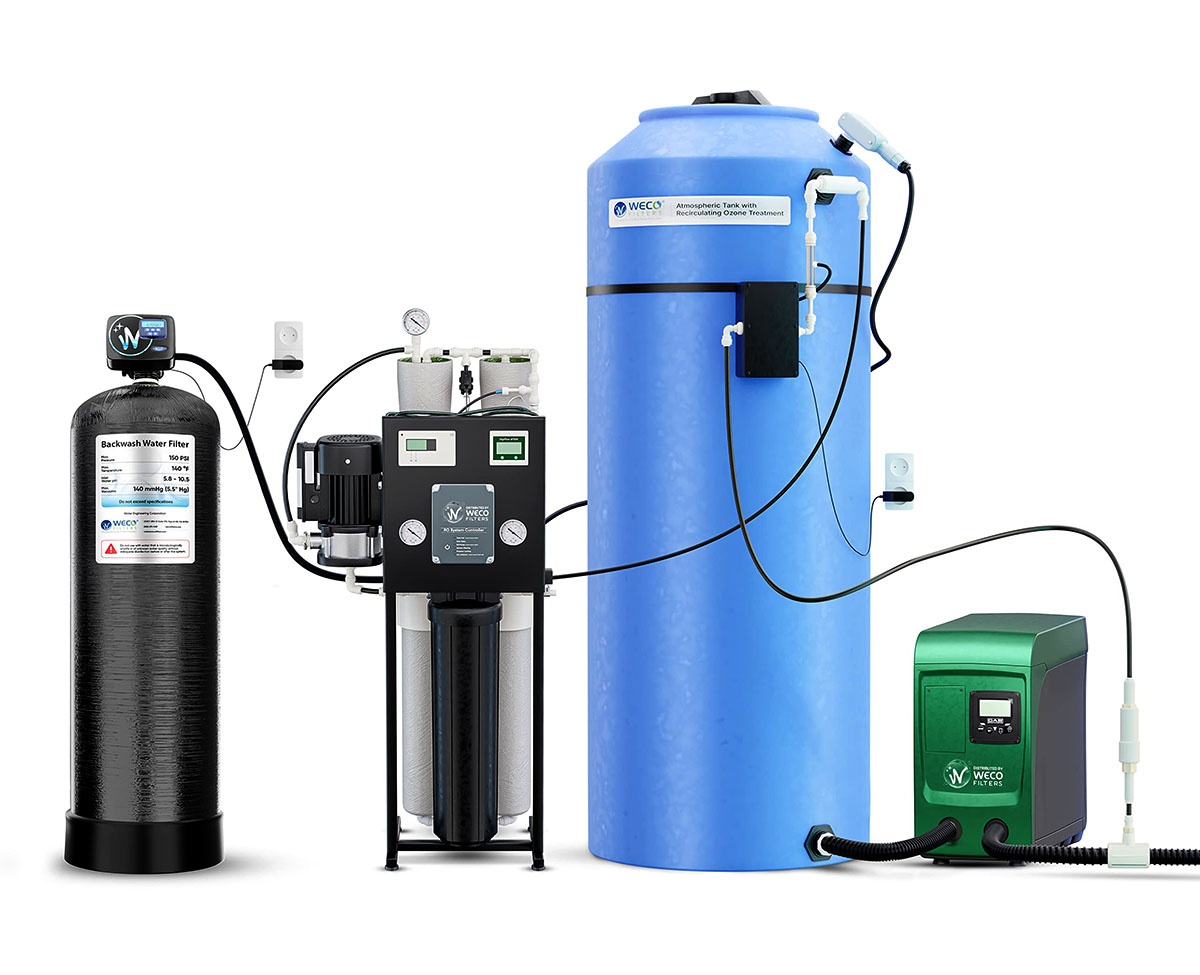
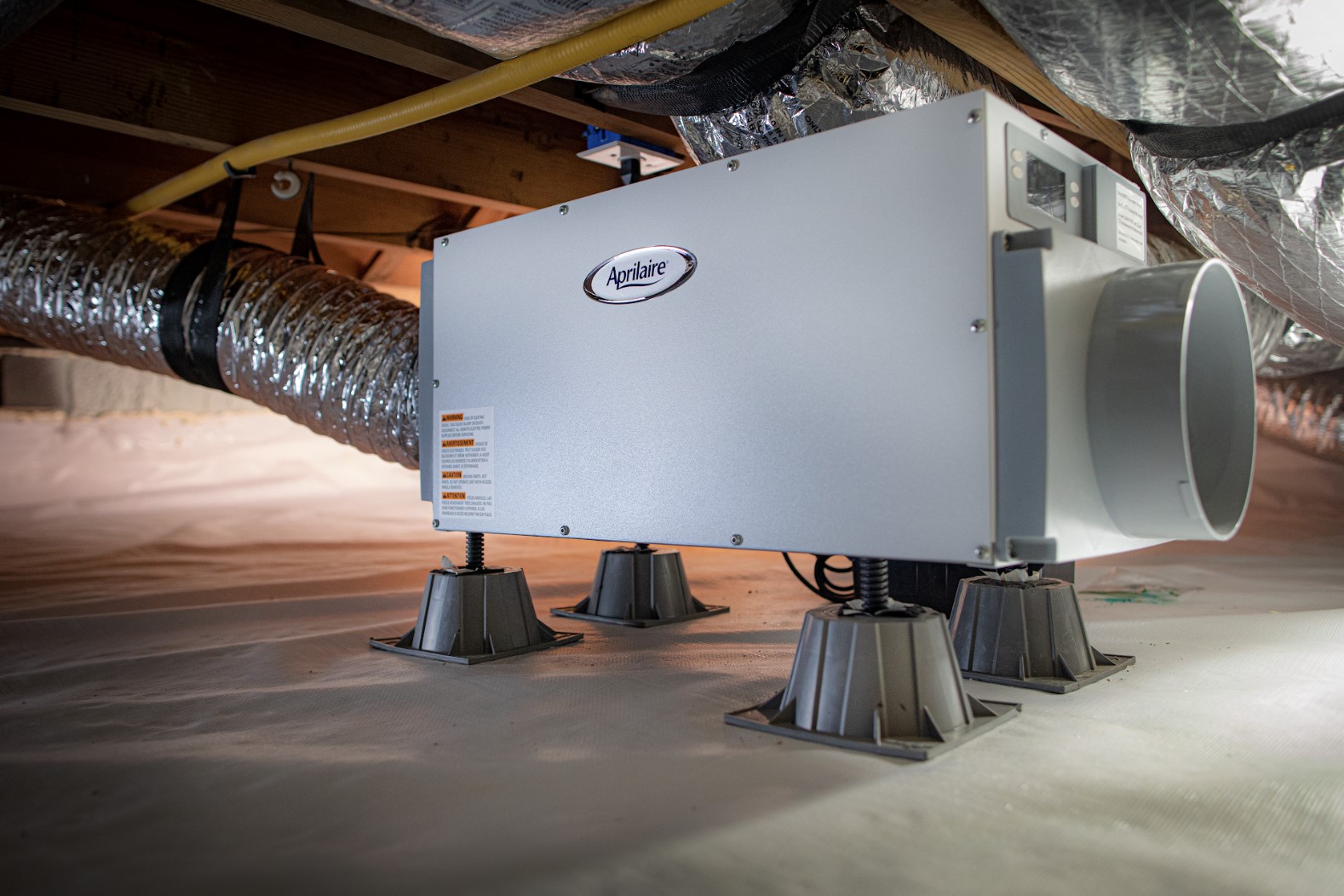
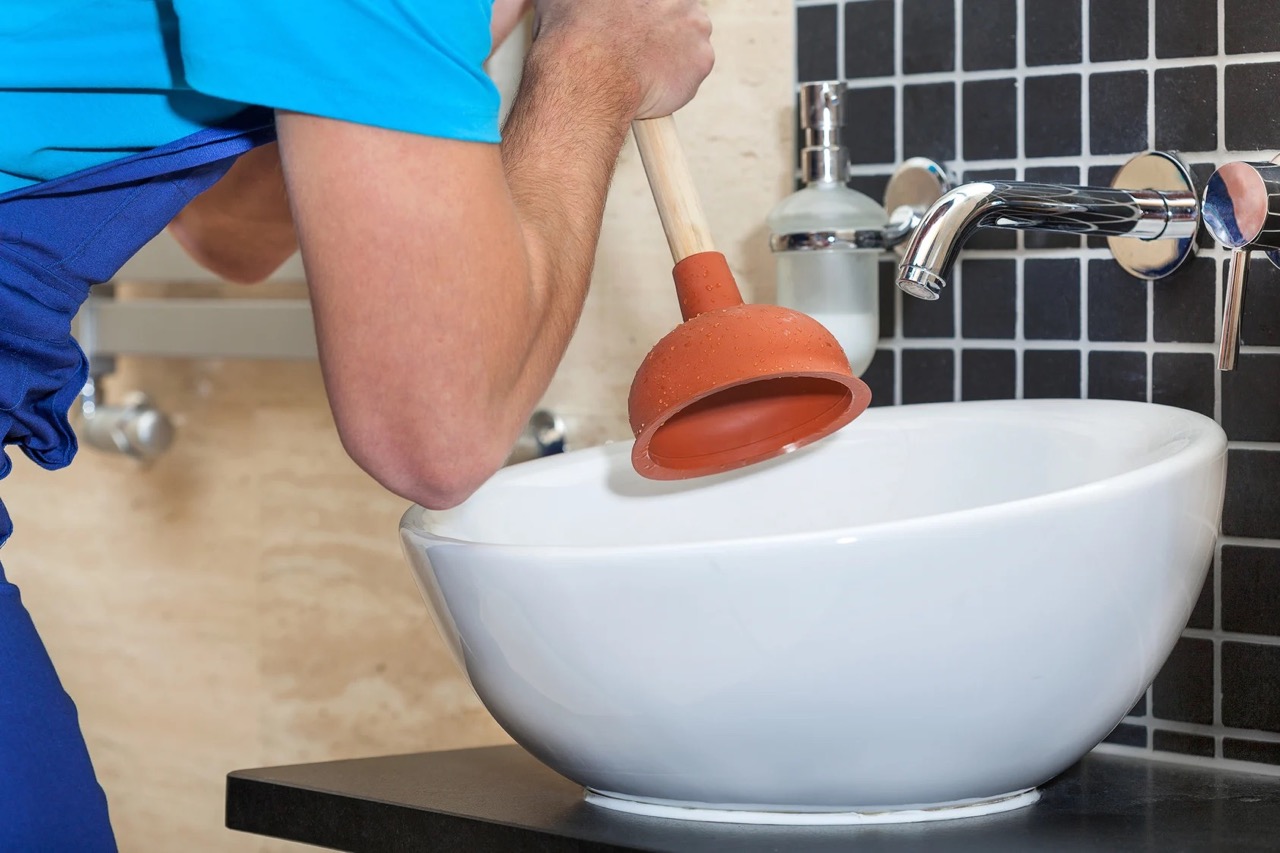

0 thoughts on “Invisible Improvements Whole-House Water Filtration”